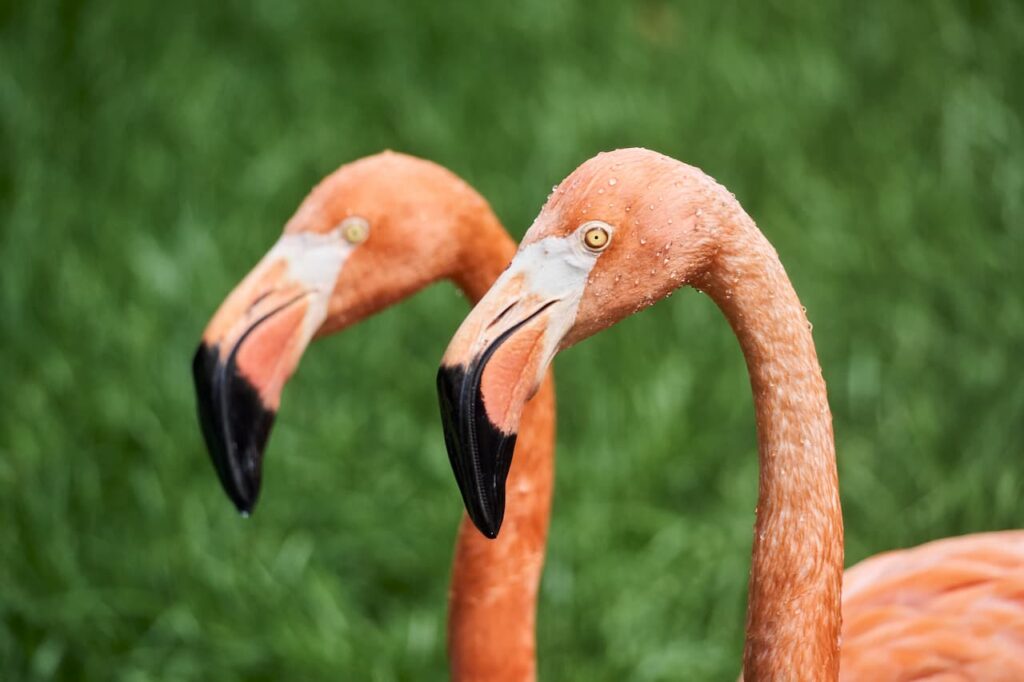The conservation of red-listed animals is a crucial and urgent task in today’s world, where many species are facing the threat of extinction. These animals, classified as endangered or critically endangered by the International Union for Conservation of Nature (IUCN), require immediate and effective measures to ensure their survival.
The importance of protecting red-listed animals
Red-listed animals represent species at the brink of extinction, facing numerous threats such as habitat destruction, poaching, climate change, and pollution. The loss of these species can lead to irreparable damage to ecosystems and biodiversity, impacting not only wildlife but also human life. Biodiversity ensures ecosystem productivity and stability, providing vital services such as pollination, pest control, and climate regulation. Therefore, protecting these animals is not just about preserving nature but also about safeguarding our own future.
Furthermore, many red-listed animals have cultural, economic, and scientific significance. For example, the orangutan, an iconic species of Southeast Asia, is not only critical for forest ecosystems but also holds cultural importance for local communities. Its conservation helps maintain forest health and supports eco-tourism, providing sustainable economic benefits. Similarly, the study of endangered species often leads to scientific discoveries that can benefit human health and medicine.
Conservation strategies for red-listed animals
Effective conservation of red-listed animals involves a multifaceted approach, integrating various strategies to address the complex challenges these species face. Habitat protection is one of the most critical strategies, as the loss of natural habitats is the primary cause of species decline. Establishing and managing protected areas, such as national parks and wildlife reserves, ensures that animals have safe spaces to live and reproduce.
Another essential strategy is combatting poaching and illegal wildlife trade. Strengthening law enforcement, improving monitoring systems, and promoting community involvement in conservation efforts are vital in reducing these illegal activities. Education and awareness campaigns also play a crucial role, as they help change attitudes and behaviors towards wildlife conservation.
Breeding programs and reintroduction efforts are also significant in preserving genetic diversity and boosting population numbers of critically endangered species. These programs involve breeding animals in captivity and carefully reintroducing them into their natural habitats. Collaboration between governments, non-governmental organizations, and local communities is essential for the success of these initiatives.
Corporate responsibility
Businesses have a significant impact on the environment and can play a crucial role in conservation. Companies can adopt sustainable practices that reduce their ecological footprint, support conservation projects, and promote biodiversity-friendly products. Corporate social responsibility (CSR) initiatives that focus on environmental conservation can also enhance a company’s reputation and foster consumer support for sustainable practices.
Individual actions
Individuals can contribute to conservation efforts in various ways, from making environmentally conscious choices in their daily lives to supporting conservation organizations through donations or volunteer work. Simple actions, such as reducing waste, using sustainable products, and spreading awareness about endangered species, can collectively make a significant impact.
Leveraging SEO for сonservation awareness
In the digital age, raising awareness and driving action for the protection of red-listed animals can be significantly enhanced through the use of Search Engine Optimization (SEO). By optimizing online content related to wildlife conservation, organizations can reach a broader audience and engage more people in their cause. Effective SEO strategies can help conservation websites rank higher in search engine results, making it easier for individuals to find information about endangered species and how they can help.
For instance, using relevant keywords such as “endangered species conservation,” “red-listed animals,” and “wildlife protection” in blog posts, articles, and social media content can attract more visitors to conservation websites. High-quality content that addresses common questions and provides valuable insights into conservation efforts can also improve search rankings. Additionally, building backlinks from reputable sites, such as environmental organizations and educational institutions, can enhance the credibility and visibility of conservation content.

To illustrate the impact of SEO on conservation efforts, consider the website of Dr. Seo, a renowned expert in digital marketing. By collaborating with experts like Dr. Seo, conservation groups can improve their digital strategies, ensuring that their message reaches a wider audience and mobilizes more support for protecting red-listed animals.
Dr. Seo provides valuable resources and guidance for optimizing online content, helping conservationists leverage the power of SEO to amplify their impact. By integrating SEO best practices, conservation organizations can effectively raise awareness, drive engagement, and ultimately contribute to the protection of endangered species.
In conclusion, the protection of red-listed animals is a critical task that requires immediate and coordinated efforts. By understanding the importance of these species, implementing effective conservation strategies, and leveraging digital tools like SEO, we can make significant strides in safeguarding our planet’s biodiversity. Together, we can ensure that these magnificent creatures continue to thrive for generations to come.
